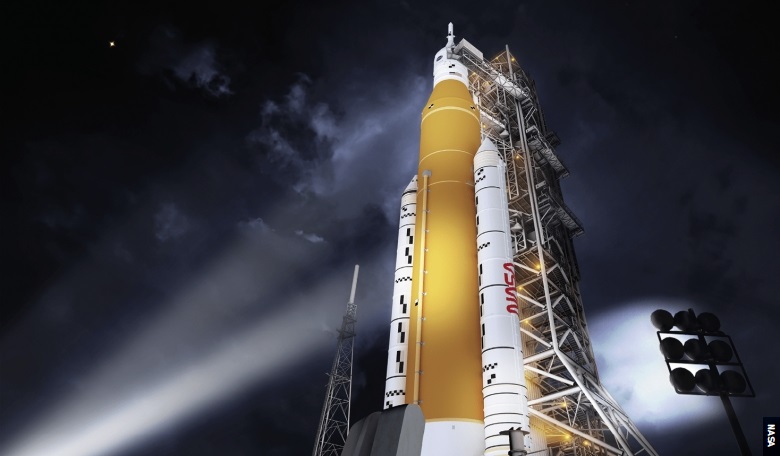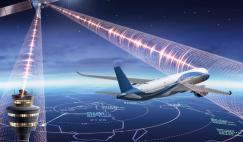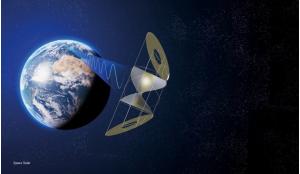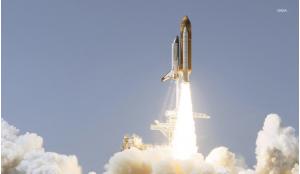NASA’s next big rocket is the much-vaunted Space Launch System (SLS), designed for a new era of human exploration beyond Earth orbit. Equipped to launch crews of up to four in NASA’s Orion spacecraft, its first significant test is Artemis, the much-publicised mission to land American astronauts “including the first woman” on the Moon by 2024. Amanda Miller analyses progress so far.
The Space Shuttles had retired and NASA’s first follow-on programme to revive human spaceflight, the Constellation Program (CxP), had been cancelled due to a cost estimate of US$145 billion, an increase of nearly 50 percent to stay on schedule.
It was in 2011 when NASA announced its latest venture in human exploration: development of the Space Launch System super heavy-lift rocket after an independent commission had presented a range of approaches NASA could pursue in human space exploration, including alternatives to the Ares rockets designed for Constellation.
One of those alternatives was to design a new rocket incorporating technology from the Space Shuttle programme and subsequently Congress directed NASA to build the SLS by leveraging legacy systems and contracts from the Space Shuttles and Constellation.














